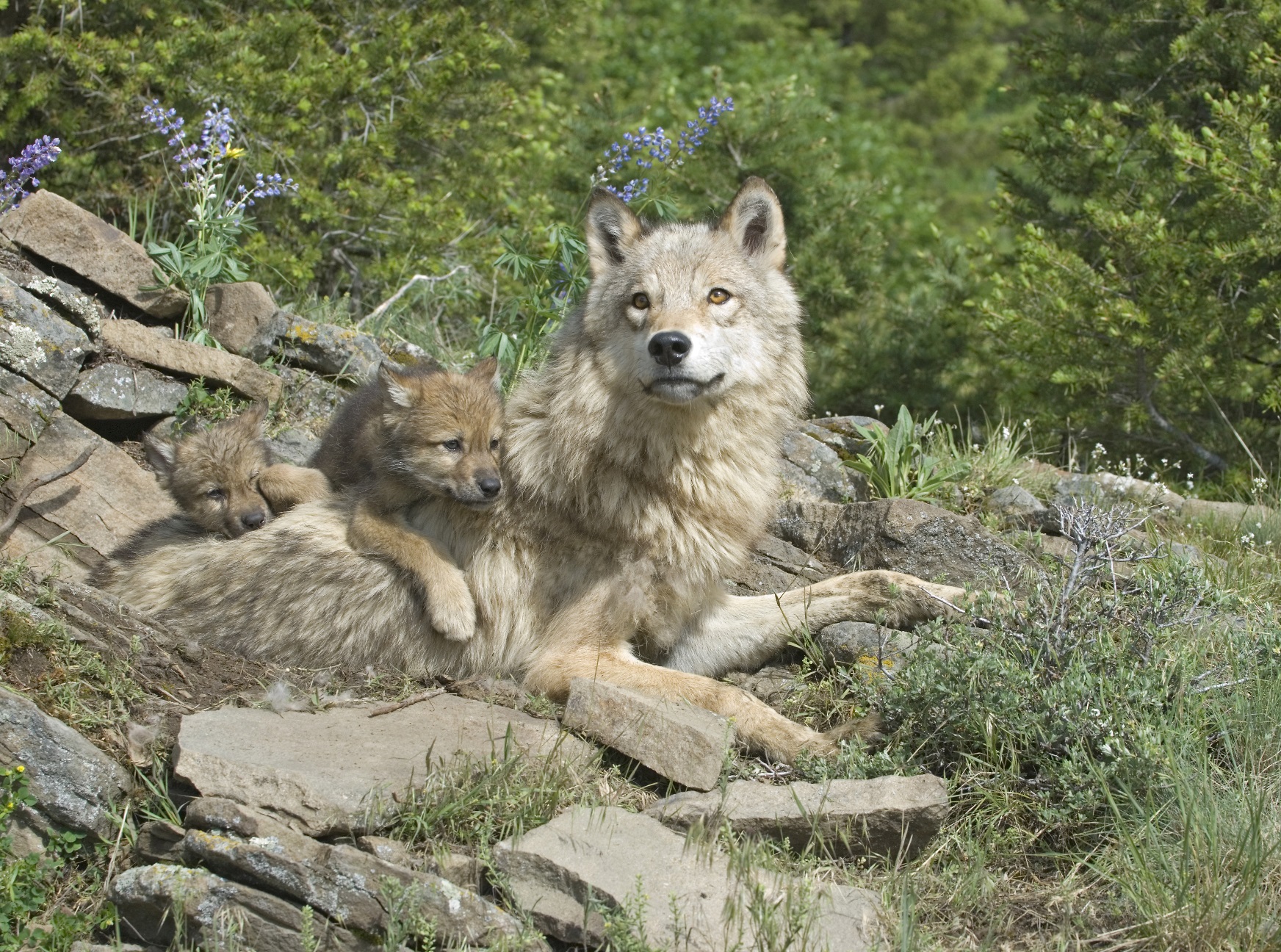This weekend, millions of people lined up to see The Jungle Book, the story of an adorable orphan taken in by a mother wolf and raised as one of her own. Mowgli, the “man cub,” lives a magical life among the animals in the lush rainforest of the Indian subcontinent. When drought strikes, Mowgli and his wolf pack enter a pact to co-exist with all the other animals as each species struggles to survive the drought.
Enter Shere Khan, the menacing Bengal tiger. Upon catching Mowgli’s scent, Shere Khan vows to encroach upon the wolves’ territory and kill the man cub. The tiger bears a scar left by man. He holds a grudge and threatens the balance of nature.
“He is mine, mine to me.” says Raksha, Mowgli’s wolf mom, vowing to protect him. Indeed, she has taken him in and raised him as one of her own cubs, and he is a member of the pack. He swears off of “human tricks” like making tools and vows to protect his pack as they protect him.
Rudyard Kipling’s (and now Disney’s) story of a wolf foster mother may seem pretty far-fetched, but recent studies have shown that gray wolves really will foster orphaned pups.
The goal of these wolf studies is to determine whether pups born in captivity can be successfully introduced into endangered populations of wild wolves, increasing the genetic diversity vital to the species’ survival. Whether it can be done and whether it should be done are two different questions. Conservation scientists and national park managers have been grappling with the latter question for years.
Isle Royale National Park and Wilderness Area is home to wolves who have reached a “genetic dead end,” isolated from other wolf populations, except during winters long enough and cold enough for ice bridges to form. A decades-long warming trend has meant fewer ice bridges and the island’s wolves now face extinction due to inbreeding. The last infusion of new genes came in 1997 when a male wolf crossed an ice bridge from Canada, siring 34 offspring.
Today, there are only two wolves left on Isle Royale. The remaining wolves are father and daughter, and they share a mother. The pup they had together last year does not appear to have survived. “Without new genes, the wolves will go extinct,” says wolf ecologist Rolf Peterson. Should park managers orchestrate a genetic rescue, bringing in wolves from the mainland? Or is it wrong to intervene? Would these “human tricks,” like Mowgli’s tools, threaten the balance of nature?
In 2014, park managers decided against a genetic rescue in accordance with the Wilderness Act of 1964 which governs areas such as Isle Royale and strictly prohibits human interference in nature. However, another document governing the National Park Service is the Leopold Report, which suggests that park managers should maintain “the biotic associations within each park.”
On Isle Royale, the biotic association most valued by park visitors and conservation scientists alike is the predator-prey relationship between the island’s wolves and moose. More wolves mean fewer moose and more trees. Without wolves, will the moose population exceed the island’s carry capacity? What is the balance of nature?
Ecologist Dan Botkin argues that there is no balance of nature. Rather than imagining a state of nature, he says nature is best viewed in terms of systems and processes. Given a more dynamic understanding of nature, he suggests that some national parks could be managed as Dynamic Ecology Conservation Areas. Such preserves would “allow for natural changes to take place and for people to introduce changes under certain circumstances.”
Earlier this week, the National Park Service released its annual report on the Isle Royale predator-prey study, confirming the nearly extinct wolf population and the rapidly growing moose population. The world’s longest-running such study, it helps garner the scientific community’s support of maintaining a wolf presence on the island. Additionally, there is public demand for wolves in Isle Royal. Once again, the National Park Service is revisiting the question of whether it should interfere with the wolves of Isle Royale or let them go extinct.
Back to The Jungle Book: It’s a Disney movie, so I hope I’m not spoiling it for readers by giving away that the new version of the story has a happy ending. The conflict between Mowgli, the man cub, and Shere Khan, the man-eating tiger, threatened the balance of nature, but Mowgli successfully restored harmony to the animal kingdom. Of course, he did so only by breaking his promise to avoid “human tricks.”




